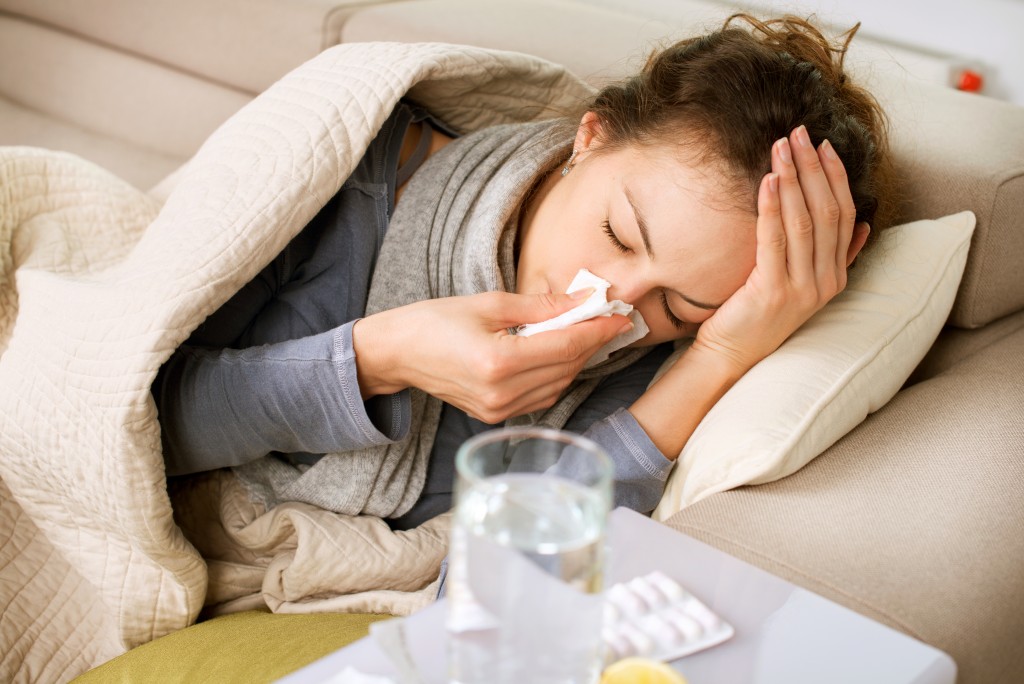It usually begins with a sneeze. Suddenly, you’re having a full-on allergy attack. 25 million American adults and children suffer from asthma, and an additional 50 million deal with allergic rhinitis or hay fever. These numbers are staggering.
Your next cleanup project should include dryer vent cleaning in Minneapolis. Dust or dirt can trigger allergy attacks. Trees, grass, and ragweed pollen also induce them. Fortunately, your city typically ranks high in air breathability due to the low presence of these types of pollen.
Can you prevent or at least reduce indoor allergies at home? Depending on your situation, there are hard and easy choices to make.

Can Allergy Attacks Be Fatal?
Around 5% of the U.S. population suffers from anaphylaxis. Considering the nearly 330 million Americans, that is still 16.5 million lives lost. Deaths caused by food allergies are only 1%.
Before you start to panic, you need to understand the nature of allergies or allergic diseases. Getting details about this should be your next agenda during your next trip to the doctor’s clinic.
Very briefly, there are two main categories of risk factors for allergies: host and environmental factors. Host factors typically relate to heredity. In other words, it’s in your genes! Environmental factors include food, latex, or even medicine.
Before blaming dust for your runny nose or that itch in your back, find out what you ate first. The sneezing and swelling will annoy you. It can also leave you unproductive. But it’s best to take the necessary action based on the right information.

Eliminating vs. Managing
The total elimination of indoor allergens is difficult. You can only manage them through regular cleaning. Pets, carpets, soft furniture, stuffed toys, bedding, damp areas, and indoor plants are some of the most common allergens found indoors.
If you have dogs or cats, then you need to make a difficult decision. You need to consider giving them up. Even if you go to a doctor for advice, they are likely to tell you to give up your pets. That is, of course, way harder than vacuuming your carpet every day. Still, you should not take the risk. But if you can’t let go of Buddy the pug, limit his access in your home. Close your bedroom doors. Find out the best way to groom your pet to minimize dander.
Speaking of vacuum cleaners, keeping your home clean will help reduce attacks. Dust mites can be found on most surfaces, particularly those that are difficult to reach. Having wall-to-wall carpet on your floor is also not a good idea.
Change the filter of your air-conditioning system and have it serviced. The same goes for your air ducts. Personal care and hygiene are also important. Pollen sticks to your hair, your clothes, your bags, and just about anything that you carry with you. Shower immediately if there’s no more business for you outside.
Be vigilant when it comes to pollen. Pollen counts are usually high between 10 am till 2 or 3 pm. Shut your windows during these hours to prevent pollen in-flow.
You don’t need to endure your runny or itchy nose. These things will help keep your next allergy attack at bay.
